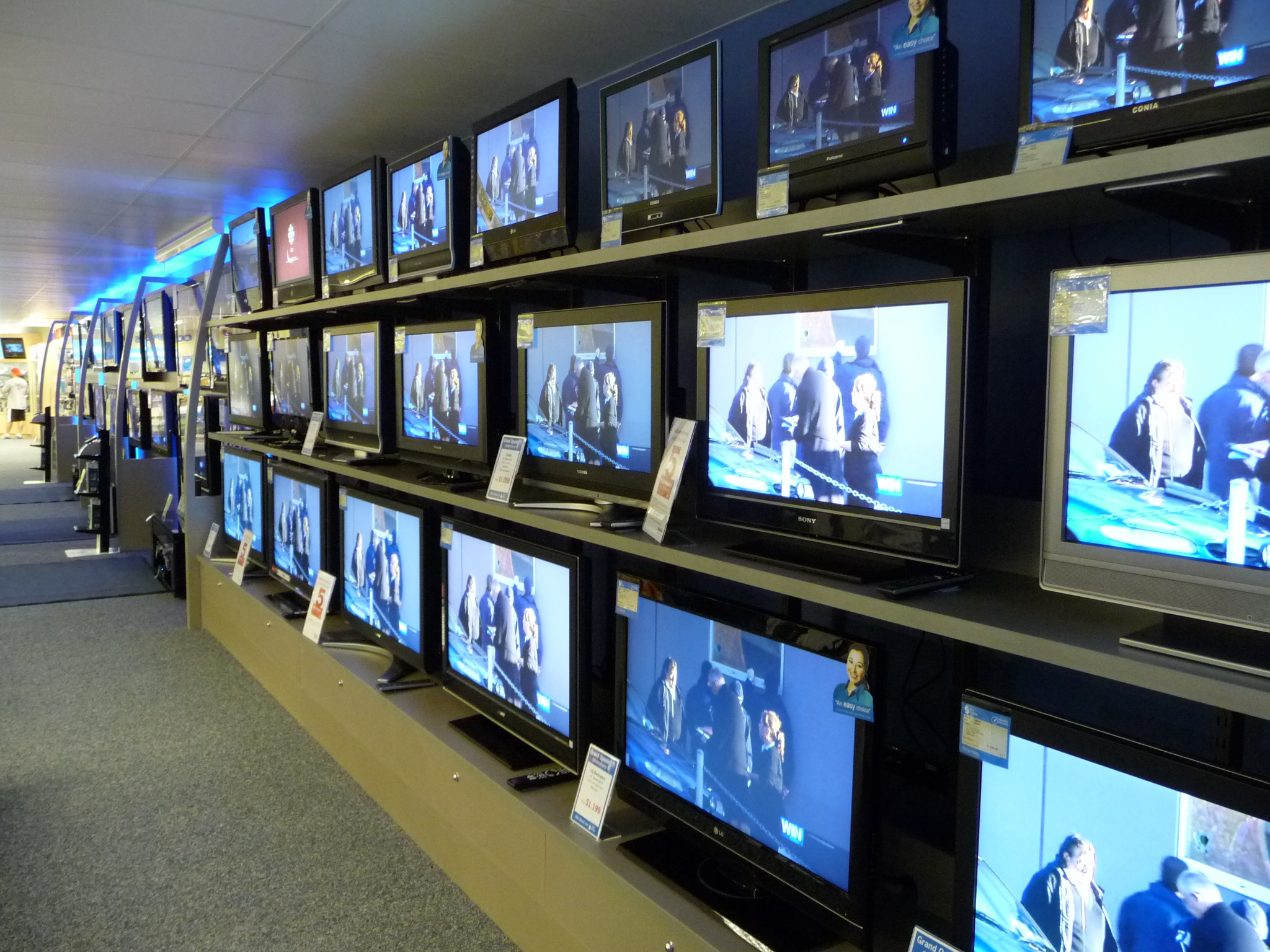|
Alex Millar (Being Human)
Alexandra Millar is a fictional character in the comedy-drama TV series '' Being Human'', portrayed by Kate Bracken. Alex Millar started as a recurring character in the fourth series of the show and became a lead character in the fifth series of the show. Television series Series 4 Alex is on holiday with her father and brothers when she meets the vampire Hal in a cafe. The two of them start dating. For Hal, it is his first date in over fifty years. A short time later, Alex is killed by the vampire Cutler. Cutler wants to take revenge on what Hal did to him in his past. So he tricks Hal into drinking her blood. Meanwhile, Alex returns as a ghost. She joins Hal and his friends, the werewolf Tom and the ghost Annie to bring down Cutler and the Old Ones, one of the most ancient vampires. However, in the end it is Annie who sacrifices herself and Eve and finally defeats them. Alex moves into the house of Tom and Hal. Series 5 Alex still needs to come to terms with what being ... [...More Info...] [...Related Items...] OR: [Wikipedia] [Google] [Baidu] [Amazon] |
Being Human (British TV Series)
''Being Human'' is a British Supernatural fiction, supernatural comedy-drama television series created and written by Toby Whithouse and first broadcast on BBC Three in 2009. The show blends elements of Roommate, flatshare comedy and horror drama. The Pilot (Being Human), pilot episode starred Andrea Riseborough as Annie Sawyer (a ghost), Russell Tovey as George Sands (a werewolf), and Guy Flanagan as John Mitchell (Being Human), John Mitchell (a vampire) – all of whom are sharing accommodation and attempting as well as they can to live a "normal" life and blend in with the ordinary humans around them, striving to fit in more. Two of the main cast were replaced in the series by Aidan Turner (Mitchell) and Lenora Crichlow (Annie). Russell Tovey was the only original main cast member. In the third series, Sinead Keenan became part of the main cast as Nina Pickering (a werewolf). In the fourth series, the ensemble was joined by Michael Socha as Tom McNair (a werewolf) and Damien M ... [...More Info...] [...Related Items...] OR: [Wikipedia] [Google] [Baidu] [Amazon] |
Damien Molony
Damien Molony is an Irish actor. He is best known for his television roles as Hal Yorke in BBC Three's '' Being Human'', DC Albert Flight in the BBC's '' Ripper Street'', DS Jack Weston in Channel 5's '' Suspects'', Jon in Channel 4's '' GameFace'' and Dylan in Sky One Original comedy '' Brassic''. Early life Molony studied at Clongowes Wood College in Clane, Kildare, southwest of Dublin, followed by Trinity College in Dublin, where he completed a degree in business and politics and became involved in the acting society. He soon moved to London to attend Drama Centre London. Career Early work (2007–2011) After graduating in 2011, Molony co-starred as Giovanni in a production of the John Ford play '''Tis Pity She's a Whore'' at the West Yorkshire Playhouse, directed by Jonathan Munby.Hutchinson, Charles.Review: ’Tis Pity She’s A Whore, West Yorkshire Playhouse, Leeds, until May 28, The Press (York), 21 May 2011 He won the second prize in the 2011 Ian Charleson Awar ... [...More Info...] [...Related Items...] OR: [Wikipedia] [Google] [Baidu] [Amazon] |
Television Characters Introduced In 2012
Television (TV) is a telecommunication medium for transmitting moving images and sound. Additionally, the term can refer to a physical television set rather than the medium of transmission. Television is a mass medium for advertising, entertainment, news, and sports. The medium is capable of more than "radio broadcasting", which refers to an audio signal sent to radio receivers. Television became available in crude experimental forms in the 1920s, but only after several years of further development was the new technology marketed to consumers. After World War II, an improved form of black-and-white television broadcasting became popular in the United Kingdom and the United States, and television sets became commonplace in homes, businesses, and institutions. During the 1950s, television was the primary medium for influencing public opinion.Diggs-Brown, Barbara (2011''Strategic Public Relations: Audience Focused Practice''p. 48 In the mid-1960s, color broadcasting was intro ... [...More Info...] [...Related Items...] OR: [Wikipedia] [Google] [Baidu] [Amazon] |
